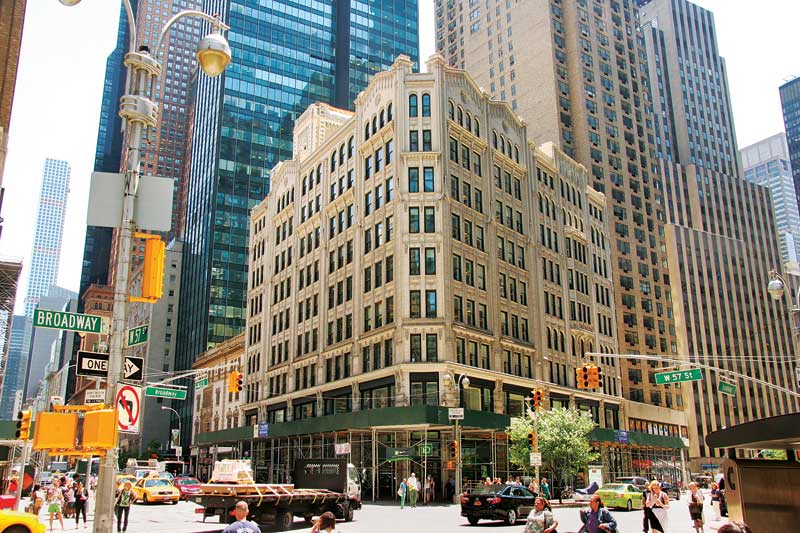
by Elizabeth A. Hnatiw, AIA, LEED AP
Architectural paints and coatings have a long history of application across a wide range of construction and surface types, yet they are among the most misunderstood and misused of building materials. Originating in European traditions, architectural painting in North America experienced a dramatic shift in the mid-19th century, when mass production and the growth of the petrochemical industry changed both the products themselves and the specialized trade that had developed for their preparation and application.
The development of synthetic resins, artificial pigments, and other technological advances has improved the stability, ease of application, and availability of paints and coatings to the degree it can seem unnecessary to employ skilled labor to apply such failsafe products. However, understanding these products in terms of their properties and behavior seems to demand an advanced degree in chemical sciences, with the array of components so vast and their names so technical and esoteric.
This article’s goal is to demystify the field of architectural coatings, and, by so doing, improve outcomes in the removal, selection, and application of paints, waterproofing coatings, protective products, and other surface treatments. In such a brief space, this author can only touch on some of the diverse products and considerations in the broad array of available coatings. However, given the large number of buildings that have been irreparably damaged by the uninformed and indiscriminate use of coatings, it is critical to understand their basic composition, appropriate uses, and considerations for specification, application, restoration, and replacement.

Composition
In general, paints comprise two elements: the pigment and the vehicle. The former imparts color, texture, and opacity, while the latter provides fluidity, adhesion, permeability, and durability.
Pigment
Finely divided coloring materials, pigments are suspended as discrete particles in the vehicle. Traditional inorganic pigments include clay earths and crushed minerals, the color palette of which has been refined and expanded over the years with the addition of manufactured artificial pigments. Organic pigments, traditionally derived from animal and vegetable sources, also include coal-tar synthetic colorants.
In addition to color and opacity, pigments impart other properties to paint, including light-fastness, pH sensitivity, dispersion, consistency, and drying effect. Understanding which pigments possess which properties, and capitalizing on these effects, can help improve the appearance and durability of the paint application.
Vehicle
The liquid component of the paint system, the vehicle (also known as the medium) carries the pigment and imparts the cohesive and adhesive film-forming properties of the coating. Other properties, including elasticity, consistency, plasticity, viscosity, and reversibility, may also be attributed to the vehicle. The type of substrate determines the appropriate vehicle.
The vehicle, in turn, is often made up of two key components: the binder and the solvent. Most binders are classified as aqueous (water-based) or non-aqueous and are derived from natural animal, plant, and mineral sources or, more recently, from synthetic resins such as alkyds, vinyls, epoxies, and urethanes.
Solvents—the volatile portion of the vehicle—aid in the initial application of the product and later evaporate during film formation. In recent years, solvents containing volatile organic compounds (VOCs) have been largely phased out for interior applications in favor of water-based products, as inhalation of vapors has been shown to cause health problems. (For more information, visit the EPA page, “Volatile Organic Compounds’ Impact on Indoor Air Quality” at www.epa.gov/indoor-air-quality-iaq/volatile-organic-compounds-impact-indoor-air-quality.)
Additives
A third, and far smaller, class of component in coatings is the additive. Used in small proportion, additives can act as freeze-thaw stabilizers, biocides, preservatives, pigment suspension aids, accelerators, emulsifiers, de-foamers, and wetting or drying agents.




